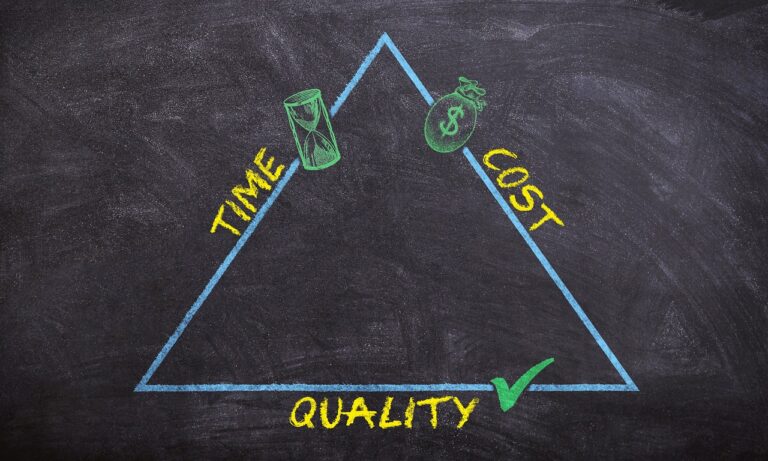The Impact of Inflation Targeting on Business Planning
Inflation targeting is a monetary policy strategy whereby central banks set an explicit target for the annual rate of inflation. The main objective of inflation targeting is to maintain price stability within an economy by keeping inflation within a specific target range. This approach helps anchor inflation expectations and provides clarity and transparency about the central bank’s objectives and policy actions.
Central banks typically use various tools, such as interest rate adjustments, to achieve their inflation targets. By closely monitoring inflation trends and economic indicators, central banks can make informed decisions to either tighten or loosen monetary policy. The flexibility of inflation targeting allows central banks to adapt their policy stance based on the prevailing economic conditions and external factors influencing inflation dynamics.
Understanding the Role of Central Banks
Central banks play a crucial role in influencing the country’s economic stability and growth. One of their primary functions is to regulate the money supply and interest rates to achieve certain economic objectives. By controlling the money supply, central banks can help manage inflation and ensure price stability within the economy.
Additionally, central banks act as a lender of last resort to commercial banks, providing liquidity during times of financial crises and preventing bank runs. Through their monetary policy decisions, central banks can affect the overall level of economic activity, influencing factors such as employment levels and investment opportunities.
Implications for Interest Rates
Inflation targeting can have significant implications for interest rates. Central banks often raise interest rates to combat inflation when it surpasses the target rate. By increasing interest rates, central banks aim to reduce consumer spending and borrowing, which helps cool down the economy and decrease inflationary pressures. Conversely, when inflation falls below the target rate, central banks may lower interest rates to stimulate spending and investment, thereby boosting economic activity.
Adjusting interest rates in response to inflation targeting can affect various sectors of the economy. Higher interest rates can lead to increased borrowing costs for businesses and individuals, which may result in lower investment and discretionary spending. On the other hand, lower interest rates can incentivize borrowing, leading to higher consumer spending and business investment. Understanding how central banks use interest rate adjustments as a tool to achieve their inflation goals is crucial for businesses, investors, and policymakers alike.
What is inflation targeting?
Inflation targeting is a monetary policy strategy where a central bank sets a specific target for inflation and adjusts its interest rates accordingly to achieve that target.
How do central banks affect interest rates?
Central banks influence interest rates through their monetary policy decisions. By adjusting the benchmark interest rate, central banks can either stimulate or cool down the economy to control inflation.
What are the implications of interest rate changes?
Changes in interest rates can impact borrowing costs for consumers and businesses, affecting spending and investment decisions. Higher interest rates can help curb inflation, while lower rates can stimulate economic growth.
How do interest rates impact the economy?
Interest rates play a crucial role in shaping economic activity. Lower rates can encourage borrowing and spending, leading to economic expansion, while higher rates can slow down borrowing and spending, potentially leading to a slowdown in economic growth.
How do central banks decide on interest rate changes?
Central banks consider various factors such as inflation, economic growth, employment levels, and financial stability when deciding on interest rate changes. Their goal is to maintain price stability and promote sustainable economic growth.







